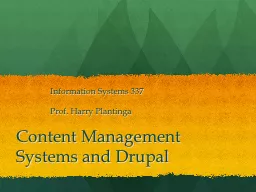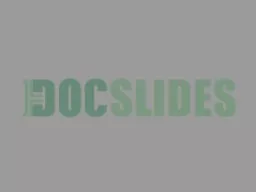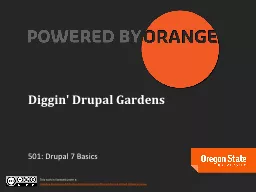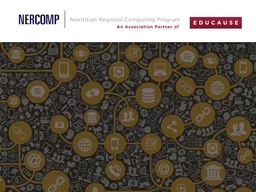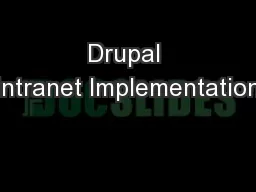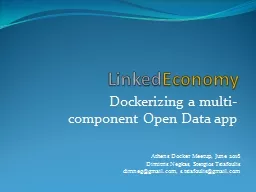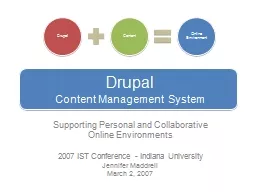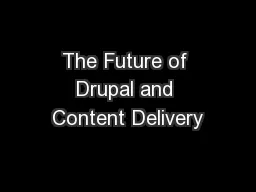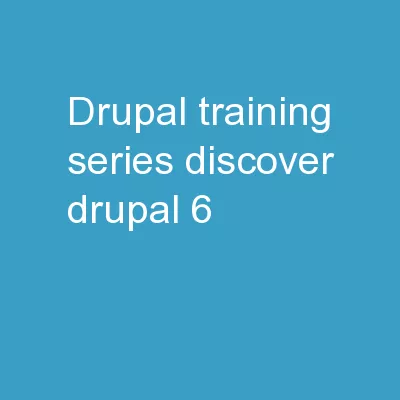PPT-Content Management Systems and Drupal
Author : desiron | Published Date : 2020-06-17
Information Systems 337 Prof Harry Plantinga Term Project Project ideas all finalized Checkpoint 1 Domain Names To set up a website youll need a domain name like
Presentation Embed Code
Download Presentation
Download Presentation The PPT/PDF document "Content Management Systems and Drupal" is the property of its rightful owner. Permission is granted to download and print the materials on this website for personal, non-commercial use only, and to display it on your personal computer provided you do not modify the materials and that you retain all copyright notices contained in the materials. By downloading content from our website, you accept the terms of this agreement.
Content Management Systems and Drupal: Transcript
Download Rules Of Document
"Content Management Systems and Drupal"The content belongs to its owner. You may download and print it for personal use, without modification, and keep all copyright notices. By downloading, you agree to these terms.
Related Documents

